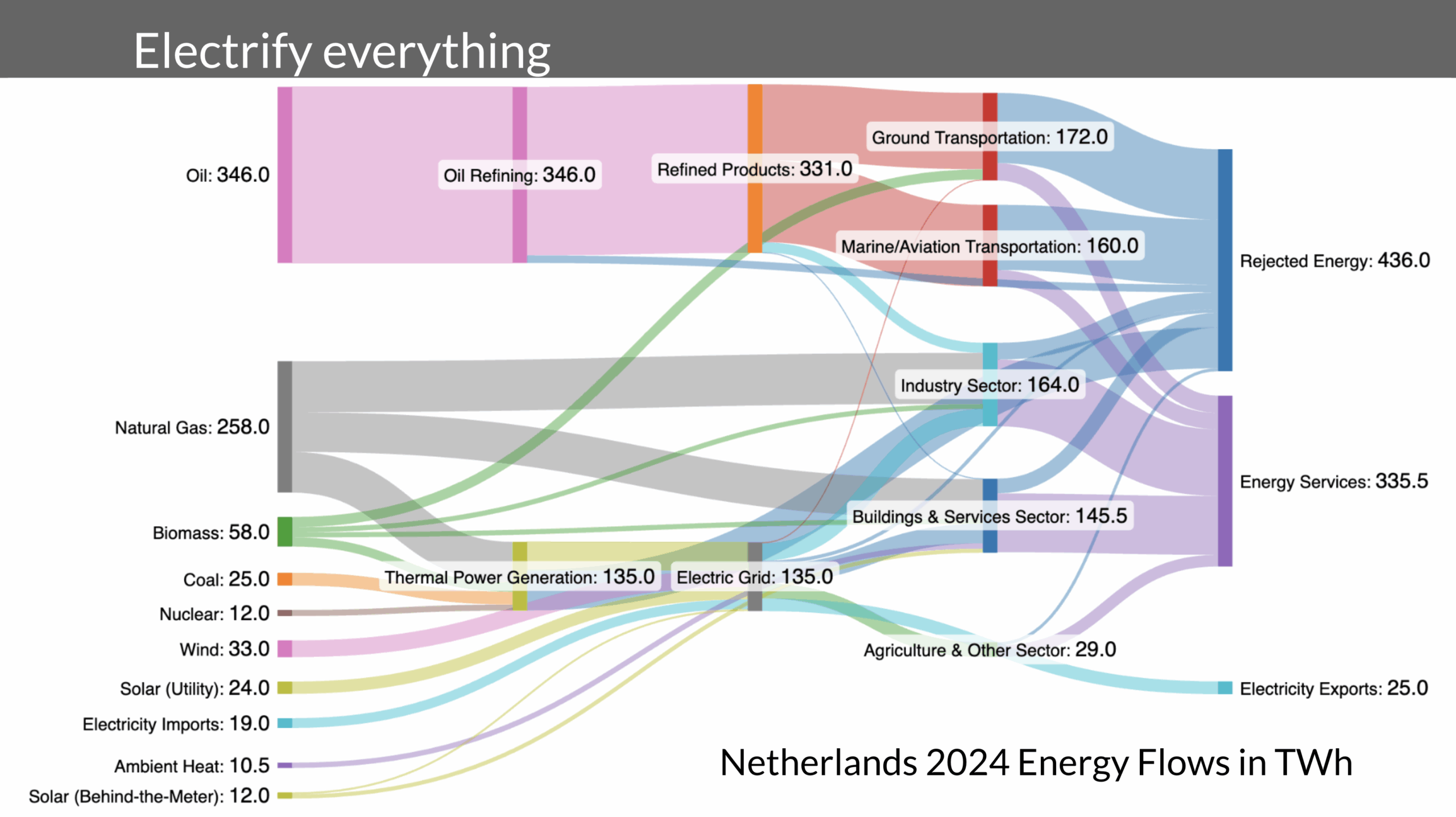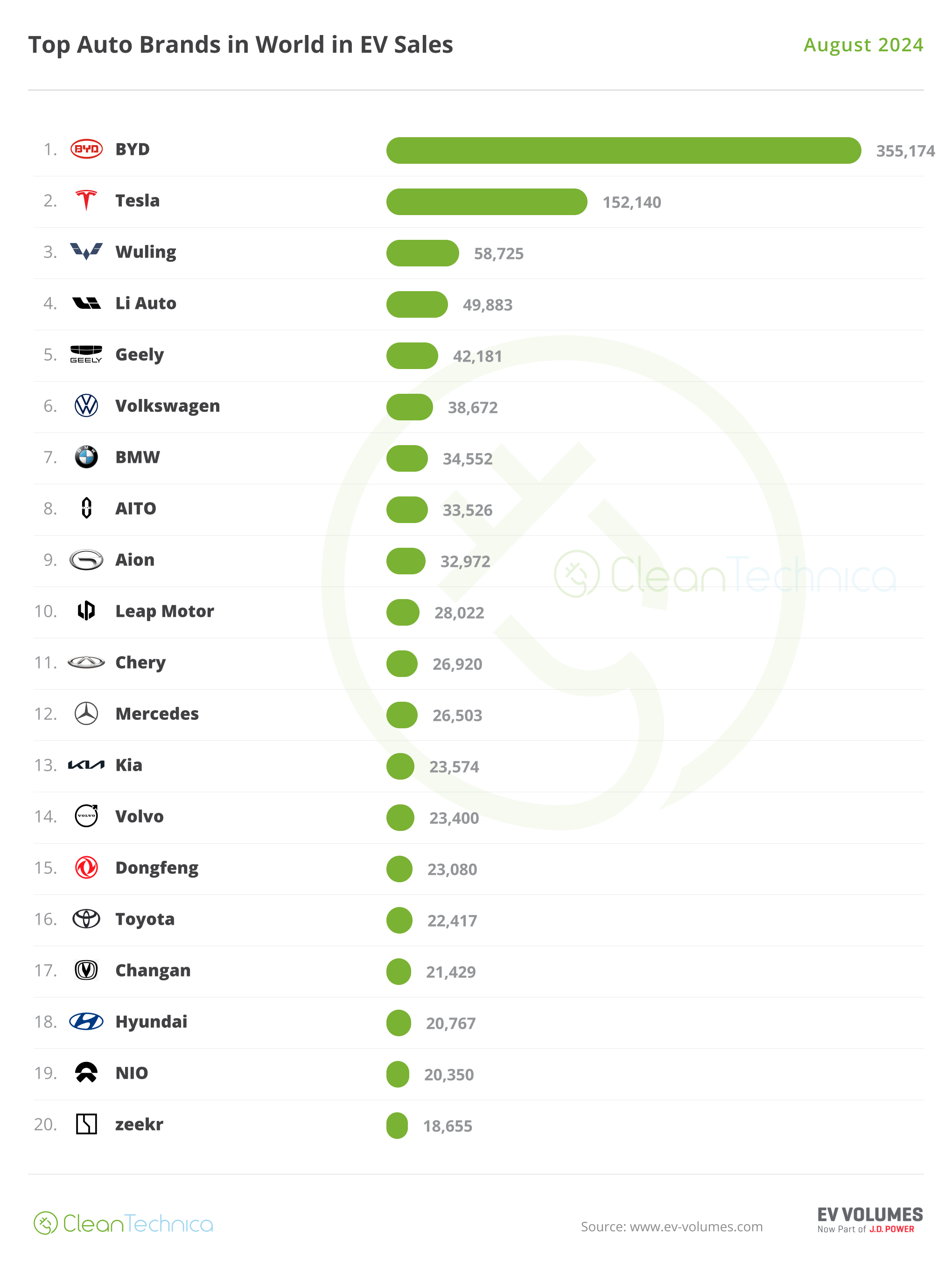Support CleanTechnica’s work through a Substack subscription or on Stripe.
Vietnamese electric vehicle manufacturer VinFast has thrown down a significant gauntlet in the nascent Philippine EV market with the launch of its Residual Value Guarantee (RVG) Program. By promising to protect the resale value of its vehicles for up to three years, guaranteeing up to 90% of the original price, the company has ignited a fervent debate: Is this a genuine game-changer that will accelerate green mobility, or a high-stakes financial gamble aimed at short-term market penetration?
Conquering consumer fear
The RVG program, effective November 2025, is a direct assault on the greatest hurdle facing new vehicle brands, particularly new EVs: uncertainty of long-term value. Consumers in the Philippines traditionally wary of depreciation and the unknown lifespan of EV batteries now have a quantifiable safety net.
Under the policy, VinFast will buy back vehicles at 90% of their value after six months, 86% after one year, 78% after two years, and 70% after three years. This unprecedented commitment dwarfs standard industry depreciation rates, which often see a 20–30% loss in the first year alone. The guarantee applies to VinFast’s full Philippine portfolio, from the compact VF 3 to the flagship VF 9, creating a blanket of protection across every model tier.
“With a residual value guarantee of up to 90% of the vehicle’s list price, VinFast aims to make EV ownership more accessible and reassuring for Filipino consumers,” Antonio Zara, CEO of VinFast Southeast Asia, told journalists at the morning press conference. He positioned the move as a necessity for market development.
The program arrives alongside other incentives, including a 10-year vehicle warranty and three years of free charging at V-Green stations, creating a seemingly comprehensive ecosystem of reassurance designed to eliminate every friction point in the buyer’s journey.
The Philippines isn’t VinFast’s testing ground for this strategy. The company has already deployed the RVG program in Indonesia, where the first batch of buybacks has been completed. Zara shared that one early customer had to return their car due to personal circumstances, and the guaranteed value provided the financial flexibility the buyer needed. “There’s no catch,” Zara said. “We made the commitment, and we honored it.” Notably, VinFast has not extended this buyback guarantee to its operations in North America or Europe, where the company instead relies on extended warranties and service programs to build consumer confidence. This suggests the RVG program is a deliberate regional strategy targeting Southeast Asian markets where EV adoption faces steeper psychological barriers.
Financial gimmick question
While customers welcome the unparalleled protection, automotive industry analysts are scrutinizing the financial viability of such a generous guarantee, particularly for a company still in its aggressive global expansion phase and reporting considerable net losses. The key question remains: Can VinFast sustain this buyback commitment if global EV prices or local demand shift dramatically?
The viability hinges on several factors buried in the program’s fine print. The guarantee is not unconditional. Vehicles must meet strict criteria, including a maximum annual mileage limit of 25,000 kilometers and a mandatory schedule of regular preventive maintenance. Failure to meet these conditions would void the buyback guarantee or incur substantial deductions. This protects VinFast from having to repurchase severely depreciated or poorly maintained vehicles, effectively transferring the burden of care back onto the owner.
Analysts suggest VinFast is banking on its ability to refurbish and remarket these used EVs, perhaps in other emerging markets or through a robust certified pre-owned program. The company is effectively absorbing the initial risk of depreciation to quickly scale its fleet and establish market dominance. This strategy, sometimes called captive financing or fleet sales, allows the original manufacturer to control the entire lifecycle of the vehicle, extracting value at multiple touchpoints rather than surrendering the secondary market to independent dealers.
The ultimate factor is the strength of VinFast’s capital. Committing to repurchase vehicles at high values requires setting aside significant financial reserves for the eventuality that the actual market resale value plummets below the guaranteed rate. This is a massive capital investment that few other manufacturers have been willing to make, and it raises questions about whether VinFast is betting on rapid market growth to offset the liability or simply willing to absorb losses in exchange for dominance.
High-stakes financial guarantee
VinFast’s move is better characterized as a high-stakes financial guarantee designed to aggressively reset consumer expectations. By eliminating the residual value risk for consumers, VinFast removes a major barrier to EV adoption and forces competitors to reconsider their own pricing and warranty structures. The program essentially weaponizes consumer confidence, transforming what was once a vague anxiety about depreciation into a concrete contractual promise.
This pioneering RVG program has effectively converted the consumer’s fear of EV depreciation into an explicit, quantifiable commitment from the manufacturer. For Filipino consumers, it represents a remarkable leap in buyer confidence, potentially accelerating adoption timelines by years. For VinFast, it is a costly, yet calculated, investment in establishing a long-term presence in a critical Southeast Asian market. The success of the program will ultimately be measured not just by its impact on market share, but by the company’s ability to maintain its financial integrity as the guarantee claims begin to materialize in the years ahead. If VinFast succeeds, it will have rewritten the playbook for how emerging automakers compete in skeptical markets. If it fails, it will stand as a cautionary tale about overextension in the race for global scale.
Sign up for CleanTechnica’s Weekly Substack for Zach and Scott’s in-depth analyses and high level summaries, sign up for our daily newsletter, and follow us on Google News!
Have a tip for CleanTechnica? Want to advertise? Want to suggest a guest for our CleanTech Talk podcast? Contact us here.
Sign up for our daily newsletter for 15 new cleantech stories a day. Or sign up for our weekly one on top stories of the week if daily is too frequent.
CleanTechnica uses affiliate links. See our policy here.
CleanTechnica’s Comment Policy




